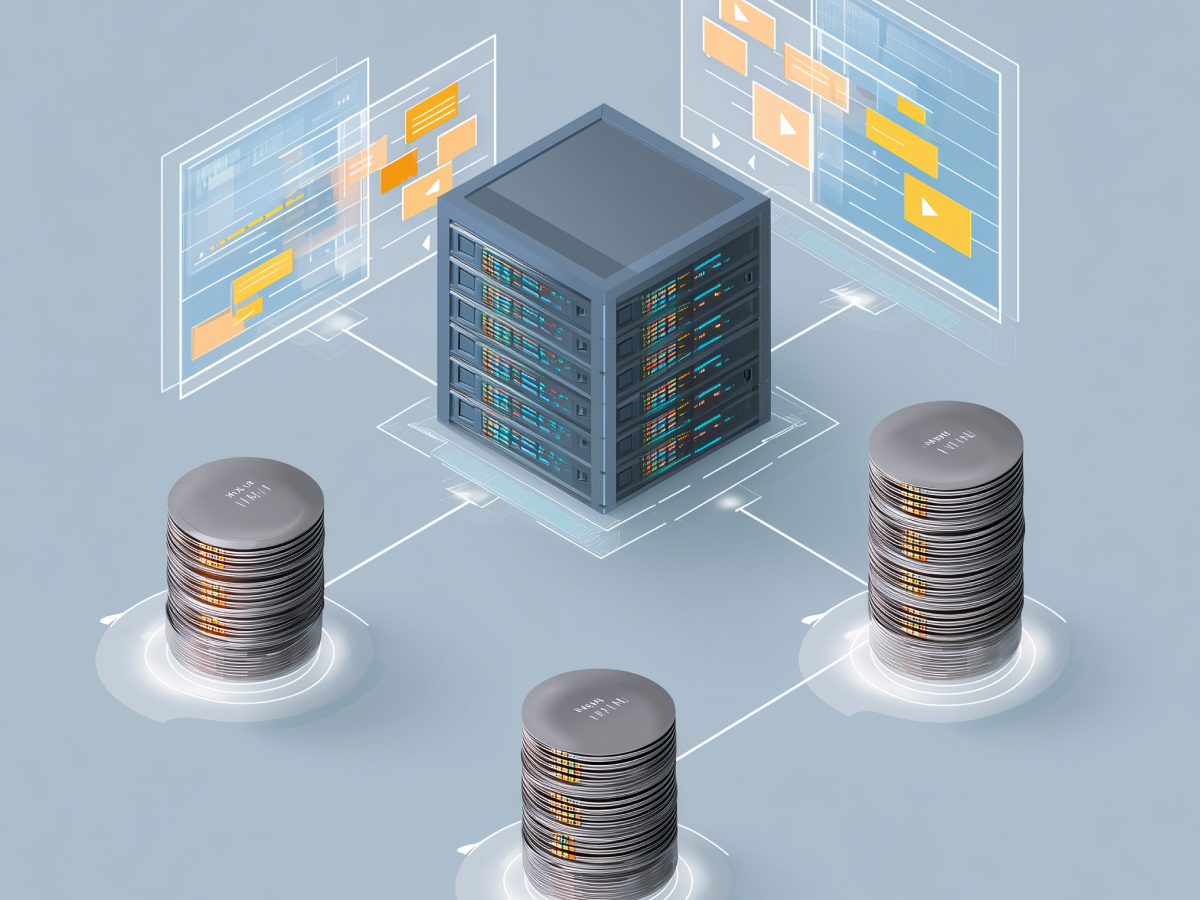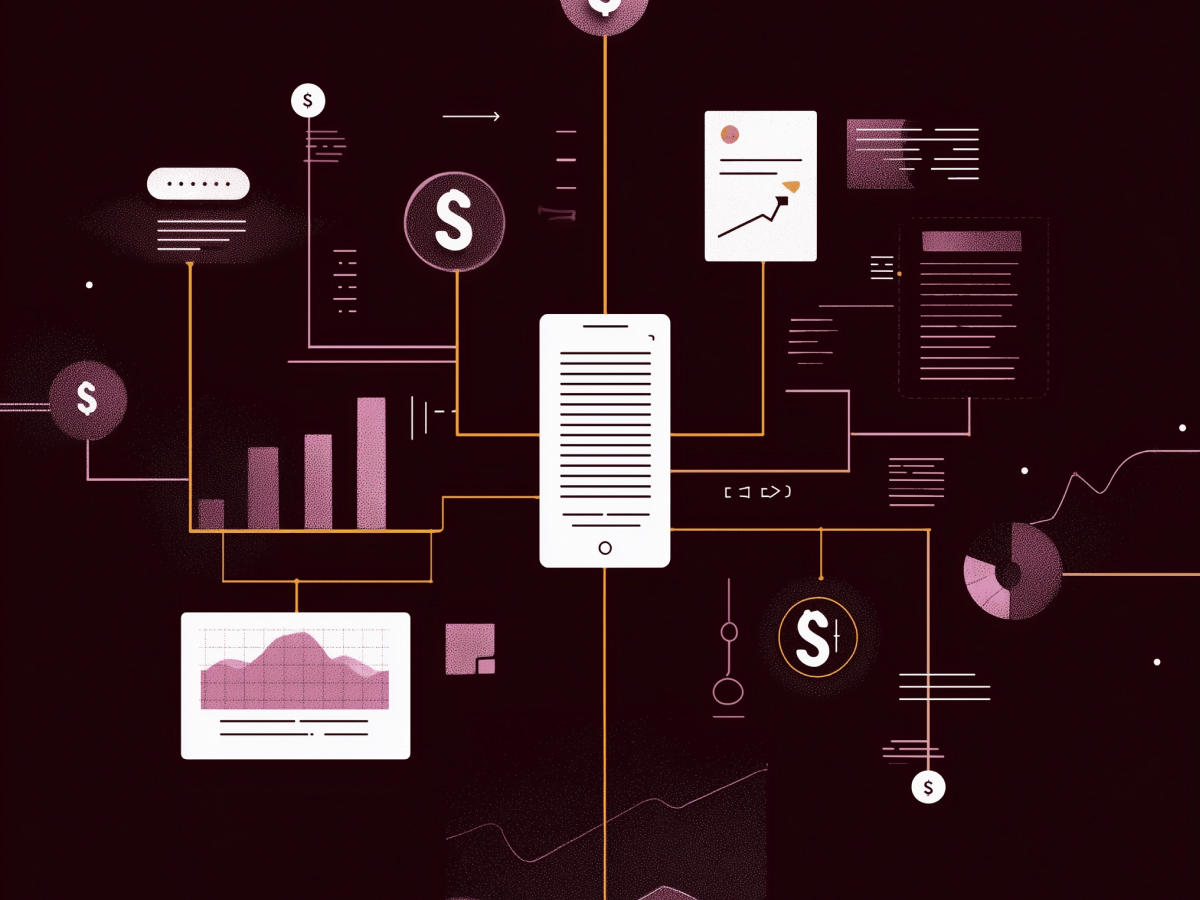Most products start as simple solutions to specific problems. But the best ones don’t stay that way. The most successful products evolve—sometimes unpredictably—into something much bigger than their original purpose. This isn’t luck. It happens when companies recognize the shift, embrace new opportunities, and align with what users really want. The challenge is to adapt without losing focus. Let’s break it down.
Product evolution rarely follows a linear path
People like to think innovation follows a straight line. It doesn’t. The best products evolve because users push them in unexpected directions. That’s how you know you’re onto something real.
Take Notion as an example. It started as a simple note-taking tool. But because of its flexibility, users began shaping it into full-fledged databases, project management systems, and even website builders. The same thing happened with Docker, which began as a way to package applications but became the foundation of modern cloud computing and microservices.
The lesson? Products that succeed long-term don’t just solve a single problem. They adapt, grow, and sometimes redefine entire industries. But there’s a tradeoff. If you expand too fast, you lose focus. If you resist change, you get left behind. The key is knowing when to evolve—and when to stay true to your core.
Users drive the expansion of use cases
The moment a product hits the market, users start bending it in ways you never imagined. This is a good thing. It means people see more potential in what you’ve built.
Look at Slack. Originally, it was a messaging tool for a game development team. But users found ways to integrate it with their workflows, turning it into the backbone of workplace productivity. Jupyter Notebooks followed a similar path. Designed for data science, it became a go-to tool for education because teachers and students needed an interactive way to learn programming.
Users are your best R&D team. If enough people hack your product into something new, that’s your signal. The companies that pay attention expand their markets. The ones that don’t will miss the wave.
Listening to users is critical for long-term success
Want to know where your product should go next? Listen to your users. They’ll tell you—directly or indirectly—what they need.
A study on Android found a strong link between adding user-requested features and platform growth. The best products evolve because their creators respond to real demand. You can see this in tools like Terraform and Kubernetes. Terraform started as an infrastructure automation tool, but when users wanted more flexibility, it expanded into managing databases and SaaS tools. Kubernetes began as a container orchestrator, but after developers needed more scalability, it added features like Helm charts and StatefulSets to manage complex applications.
Then there’s AWS Lambda. Originally designed for simple, event-driven functions, it became a DevOps powerhouse when AWS integrated it with CI/CD pipelines, monitoring tools, and automation systems. This wasn’t a random decision—it was a direct response to how engineers were already using it.
“The pattern is clear: the best companies don’t dictate how their products evolve. They watch, listen, and build based on what users are already trying to do.”
Real-world application: How Kestra expanded beyond data engineering
Sometimes, you don’t realize what you’ve built until users show you. That’s exactly what happened with Kestra.
Originally, Kestra was designed for ETL (Extract, Transform, Load) pipelines—moving and processing data. But one global retail company took it further. They started using Kestra to automate microservices deployments, manage cloud infrastructure, and enhance customer data with external APIs. They weren’t solving data engineering problems anymore, and instead were orchestrating entire business workflows.
That’s when the team at Kestra realized something important: they hadn’t just built a data pipeline tool. They had built a general-purpose orchestration platform. But the key here is that they didn’t rush in and force this shift. They watched how users were pushing the product, then doubled down on what was already working.
This is what real product evolution looks like. It’s not imposing a vision. It’s recognizing when your product is bigger than you thought—and making the right moves to support that growth.
Key lessons from product evolution
If you want to build something that lasts, there are a few rules to follow:
- Stay flexible – Products with modular architectures win. Terraform succeeded because it let users add plugins without disrupting the core.
- Let users lead – The best signals come from watching how people use your product. GitHub Actions started as a simple automation tool but expanded into full DevOps workflows because that’s where the demand was.
- Iterate, don’t overhaul – Sudden, drastic changes alienate users. Look at VS Code—it started lightweight but grew into a full development environment through gradual improvements.
- Evolve your narrative – As your product grows, your messaging has to shift. Tableau went from being a data tool for analysts to an enterprise platform for decision-makers.
The best products transform. But transformation isn’t something you force. It’s something you recognize, embrace, and build around.
Now, the question is: what hidden potential does your product have? And are you paying attention?
Key executive takeaways
- Product evolution is inevitable: The best products outgrow their original use cases as users push them in unexpected directions. Leaders should recognize and embrace this shift rather than resist it.
- User behavior defines growth opportunities: Observing how users adapt a product reveals new markets and use cases. Companies that actively listen and iterate based on demand maintain long-term relevance.
- Strategic adaptation prevents loss of focus: Expanding a product’s scope requires balancing innovation with core functionality. Leaders should ensure growth aligns with business objectives to avoid unnecessary complexity.
- Incremental changes drive sustainable scaling: Gradual evolution, rather than abrupt pivots, ensures continued user adoption. Executives should focus on modular design and phased enhancements to maximize long-term success.




